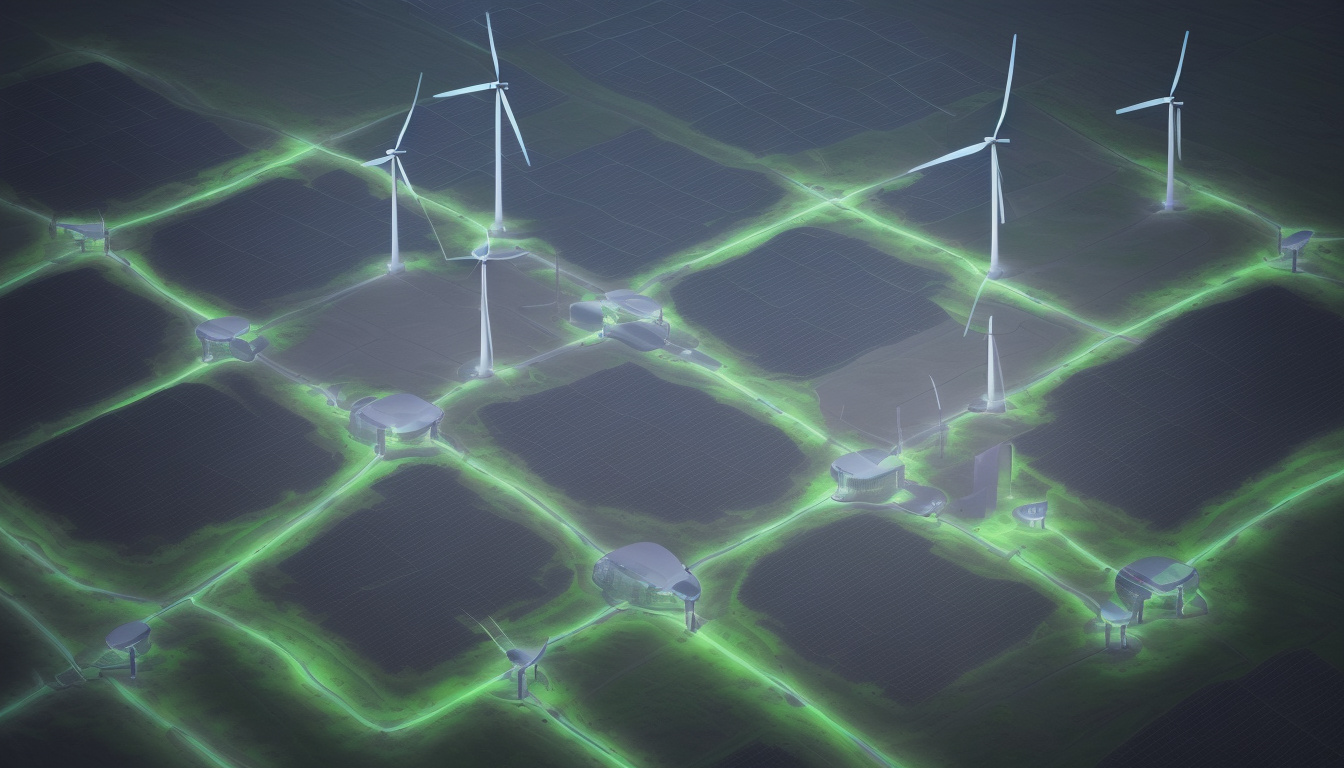‘Grid-forming technology is no longer experimental – it’s here and working’
As renewable energy increasingly dominates power grids worldwide, grid-forming technology is emerging as a critical solution for maintaining grid stability and ensuring reliable operation of power systems. This advance is transitioning from experimental concept to practical, proven implementation. In an insightful interview with ESS News, Rui Sun, Deputy General Manager of Sungrow’s Grid Technology Center, elaborates on how grid-forming technology functions, why it is vital for modern power systems, and highlights where it is already delivering tangible benefits.
Understanding Grid-Forming Technology
Grid-forming technology refers to advanced control systems integrated into inverters that enable them to actively stabilize the grid by emulating the behavior of traditional synchronous generators. Unlike conventional grid-following inverters, which depend on an existing stable grid signal, grid-forming inverters can independently establish voltage and frequency references and provide necessary system inertia and damping. This capability is essential as power systems shift away from large rotating machines toward inverter-based resources, such as solar photovoltaics and battery storage.
Rui Sun explained that Sungrow’s recent paper on grid-forming technology was published to provide clear, comprehensive insights into the concept. The document details how the technology combines hardware innovation, sophisticated software controls, and system-level engineering to replicate the dynamic characteristics of synchronous generators. This includes frequency response, short-circuit support, thermal management, and multi-layer control architectures. The paper aims not only to showcase Sungrow’s technical progress but also to foster greater industry understanding and collaboration.
Development Journey and Practical Implementation
Grid-forming technology has been under development for one to two decades, evolving alongside the increasing penetration of inverter-based renewable resources. Different manufacturers have explored various approaches to implement its core principles. At Sungrow, the focus has been on building a robust technological foundation that blends the physics of traditional generation with the flexibility and scalability of modern power electronics.
Rui Sun emphasized that their goal is to deliver solutions that bring stability, scalability, and interoperability to complex power systems, whether on-grid or off-grid. Their efforts encompass addressing technical challenges such as ensuring reliable frequency response and system inertia, managing thermal stresses, and integrating multi-layered control strategies—all essential for supporting grids with high renewable shares.
Real-World Applications and Future Outlook
Grid-forming technology is no longer confined to laboratories and pilot projects; it is actively deployed and proving its value in real-world settings. For example, Sungrow’s grid-forming inverters play a crucial role in Saudi Arabia’s NEOM project, providing reliable and stable power amidst a high penetration of renewables.
Despite this progress, regulatory frameworks and industry standards are still catching up to fully accommodate and incentivize grid-forming solutions. Rui Sun pointed out that addressing these regulatory gaps will be key to accelerating widespread adoption.
Looking ahead, grid-forming technology is poised to become the new industry standard as power systems worldwide transition to cleaner, inverter-dominated grids. Its ability to mimic traditional synchronous generator functions while leveraging modern inverter advantages positions it as a foundational technology for the stable and resilient grids of the future.
About the Interviewee
Rui Sun is the Deputy General Manager of the Grid Technology Center at Sungrow, a leading global provider of solar inverters and energy storage solutions. He brings extensive expertise in inverter technology and grid integration.
For more detailed insights on grid-forming technology and Sungrow’s latest developments, visit the full interview on ESS News.
This article is based on content originally published by pv magazine Australia and ESS News.










